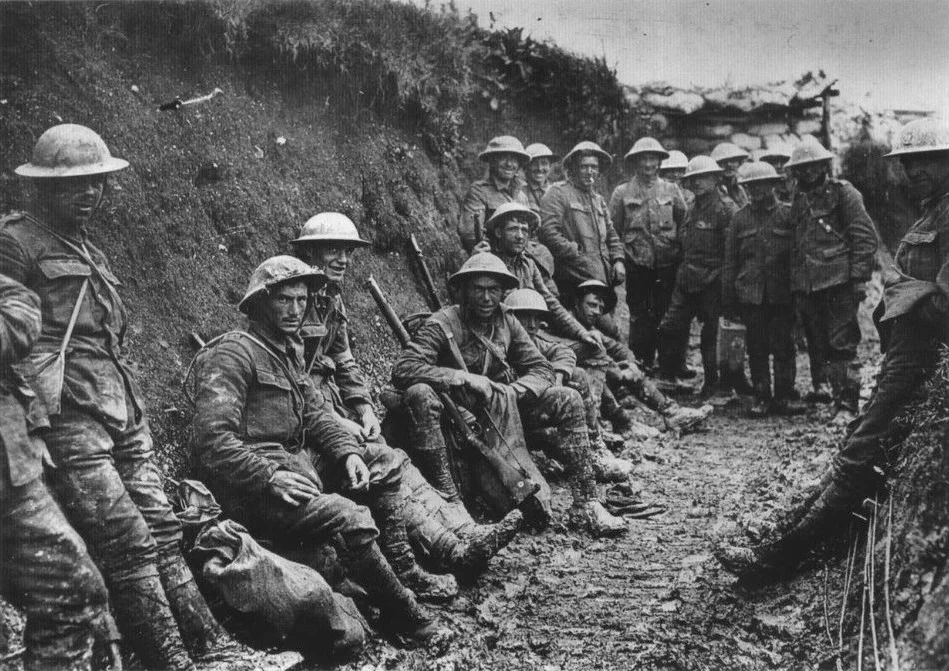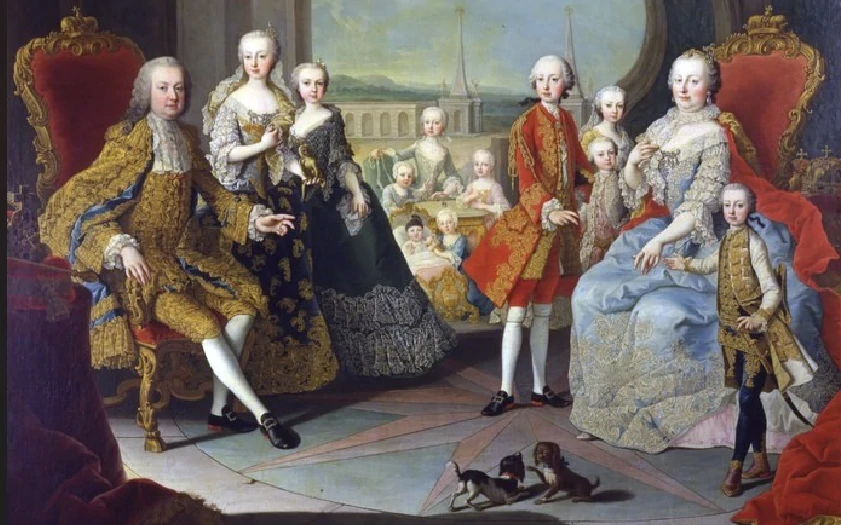What was the trigger for the First World War? How did the war develop? When did Franz Joseph die and who was the last Austrian emperor? What happened to the emperor after the collapse of the monarchy?
Long before July 28, 1914, preparations for war in Europe were in full swing. Around 1914, Europe was divided into two blocs: The Axis Powers (Central Powers) with Austria-Hungary, Germany, Turkey, Bulgaria and Italy on one side and the “Entente” with Great Britain, Russia, France, Portugal and many other states on the other. Austria formed the Triple Alliance with Italy and Germany. Italy later switched to the Entente, as they promised the Italians South Tyrol.
The military conflict was therefore unstoppable, as nationalism and the European rulers’ striving for great power spread throughout Europe. The assassination caused the powder keg of Europe to explode.
On June 28, 1914 , the fatal assassination of Austria’s heir to the throne Archduke Franz Ferdinand and his wife Sophie triggers the First World War . Austria issues an ultimatum to Serbia (July crisis). This ended exactly one month later on July 28, 1914 with Austria’s declaration of war on Serbia.
As a result, both Austria-Hungary and Russia were in a state of war. On August 1 , the German Reich declared war on Russia, three days later on France. German troops attacked France from the north-east, violating Belgium’s neutrality. This in turn led to the entry into the war of the Belgian guarantor power, Great Britain.
The First World War was only supposed to be a brief military retaliation against Serbia , but events came thick and fast. In April 1915 , poison gas was used for the first time when the German Reich used more than 160 tons of chlorine gas against French soldiers.
In 1915 , Italy declared war on Austria-Hungary . The Isonzo battles continued until 1917. The Battle of Verdun was the name given to an approximately 10-month-long material battle for the fortress of Verdun, which cost the lives of around 700,000 people but changed little. The Battle of the Somme was no less costly. In 1917, there was unrestricted submarine warfare and the USA declared war on the Germans.
The October Revolution in Russia in 1917 brought about a turning point in the war and an armistice between the Central Powers and Russia.
In January 1918 , US President Wilson presented his 14-point program , which was initially rejected by the German Reich. On November 11, 1918 , the armistice was finally signed, confirming the victory of the Allies.
Theaters of war included not only Europe (Alpine front, Eastern and Western fronts), but also Africa, the Middle East and East Asia. It is assumed that a total of around 25 states and their colonies were involved in the First World War.
Karl Kraus called the Great War very tellingly: “The last days of mankind”. It will cost the lives of around 10-15 million soldiers and lead to the downfall of the Habsburg monarchy . It was the first war to be fought with large-scale use of machinery, and poison gas was also used for the first time.
In November 1916, the third year of the war, Emperor Franz Joseph died at the age of 86, having reigned for 68 years. He is succeeded on the throne by his great-nephew Charles I as the last Austrian emperor . In 1918, after the defeat in the First World War, he had to renounce any involvement in government affairs in Austria and Hungary. However, he never abdicated, as the title of emperor was always claimed by ‘the grace of God’ , as was the case with all previous Habsburgs.
In Austria, the 1st Republic is proclaimed on November 12, 1918, which was initially still called German Austria . The official name Republic of Austria was not introduced until October 21, 1919, when the treaty came into force.
Karl is sent into exile in Switzerland , together with his wife Zita von Bourbon-Parma and his children. Two more attempts are made to restore the monarchy in Hungary. He is eventually exiled to the Portuguese island of Madeira by the Allies. He died there shortly afterwards, aged just 34, as a result of severe pneumonia.
He is survived by his wife Zita and eight children, including his eldest son Otto, who later attracted attention as a European politician . Zita outlives him by 67 years and is the last Austrian empress to receive an official state funeral in Vienna in 1989. Her remains can be found in the Capuchin crypt. Karl’s remains rest in Madeira. However, the hearts of both are reunited in the monastery of St. Muri in Switzerland.
Time Travel Tip: Where in Vienna can you learn more about the First World War? Wars belong in a museum is the slogan of the Museum of Military History. A visit takes you through several centuries of Austrian wars.
Here you will find the top sights in Vienna and more topics about Maria Theresa or Gustav Klimt.
Image source:
https://commons.wikimedia.org/wiki/File:Royal_Irish_Rifles_ration_party_Somme_July_1916.jpg



